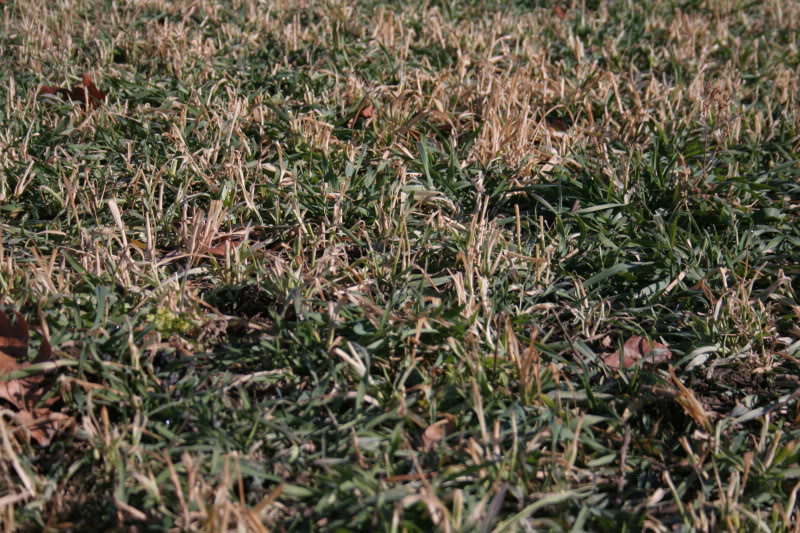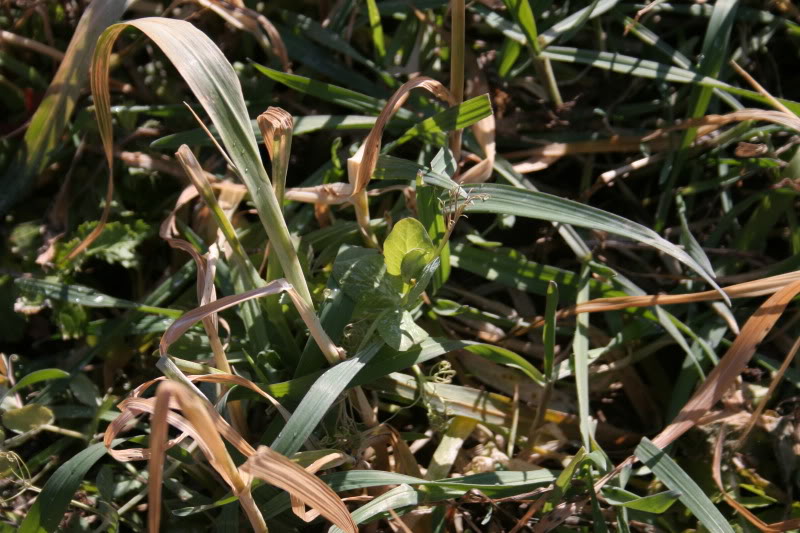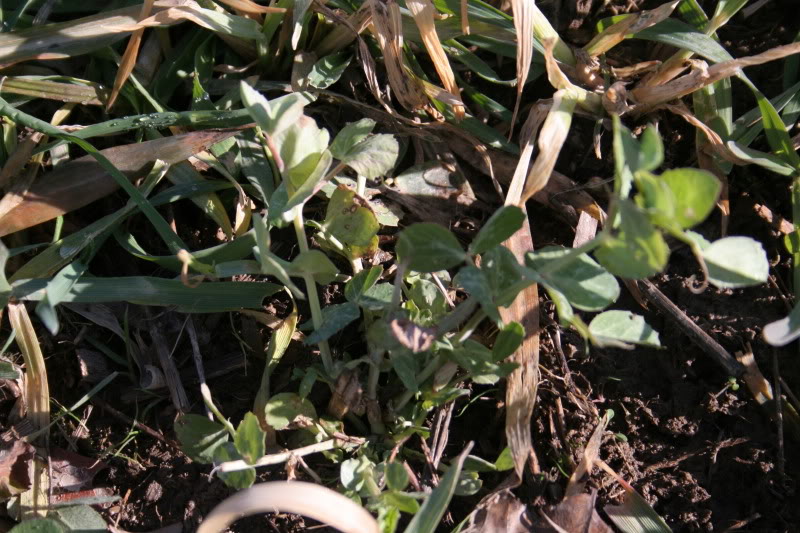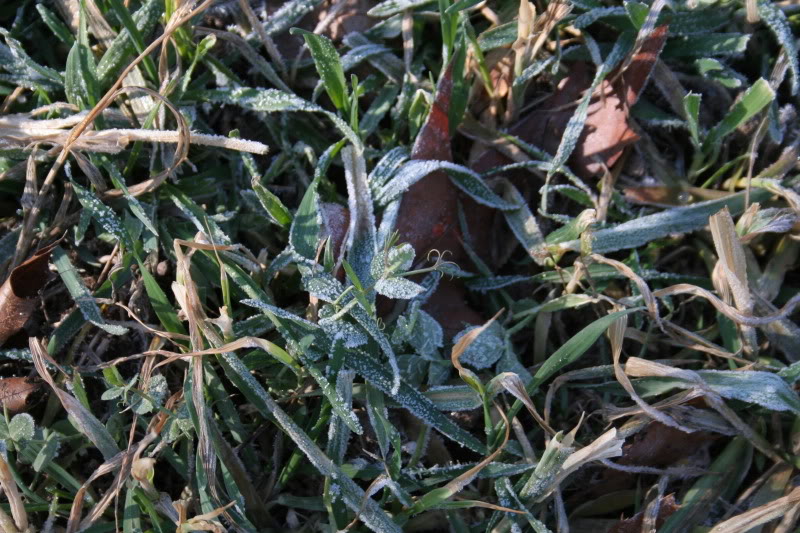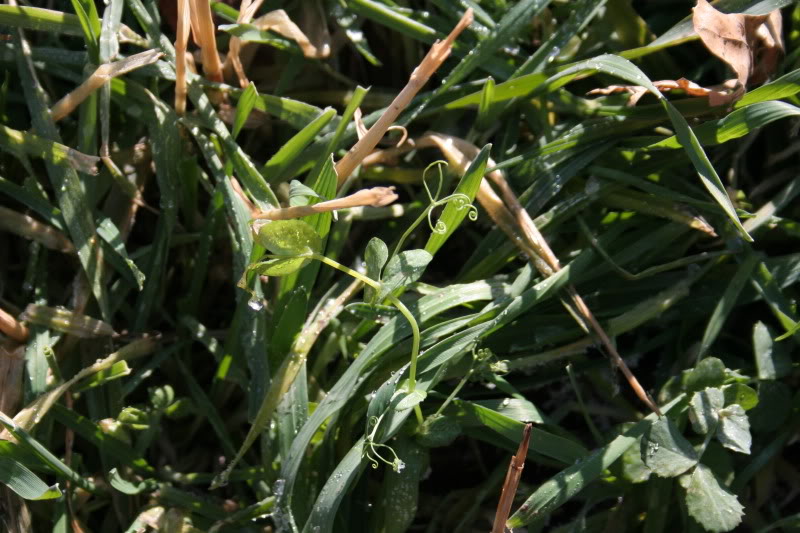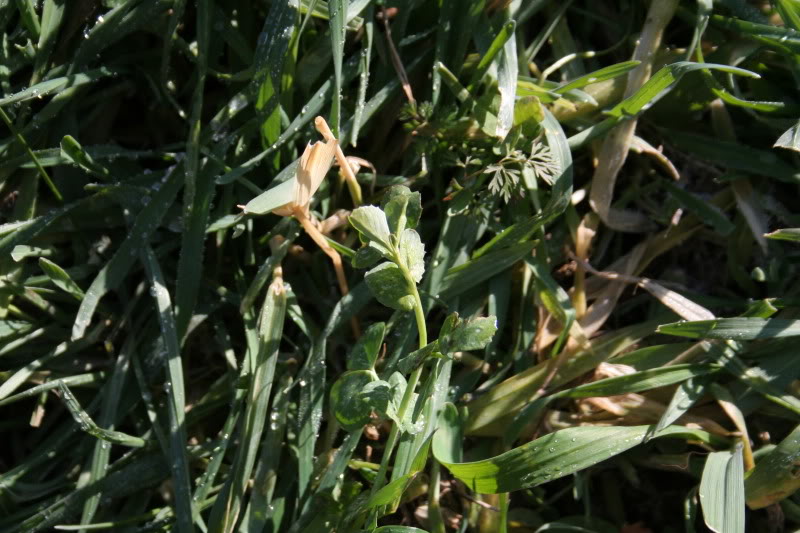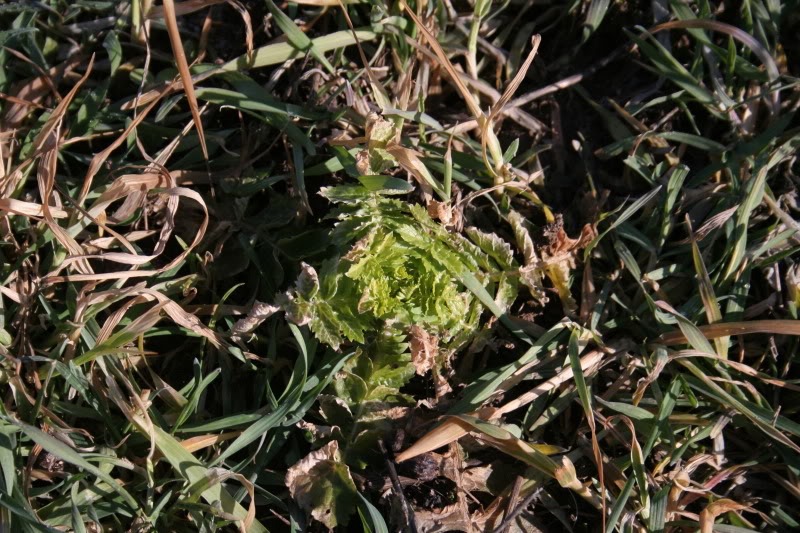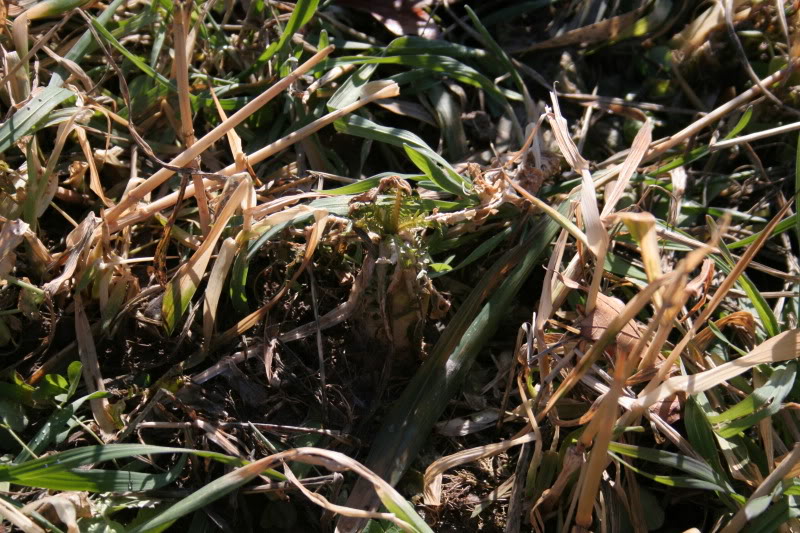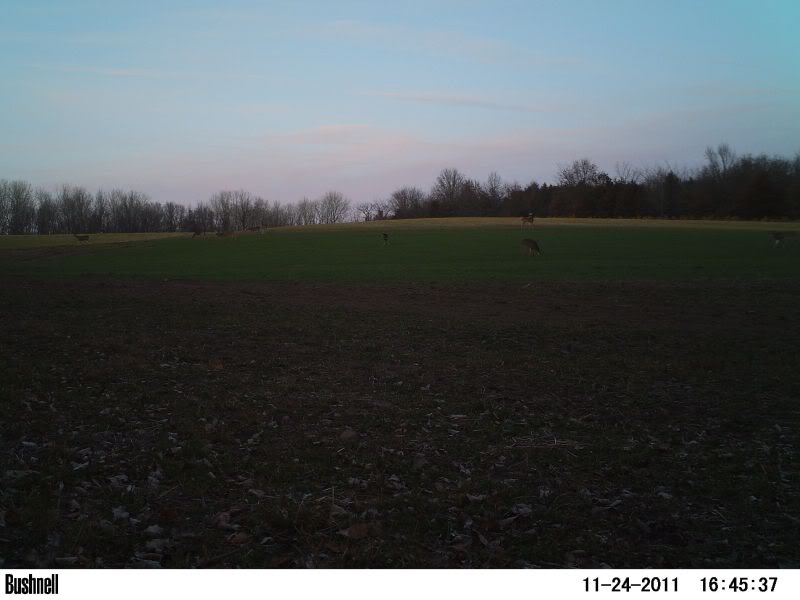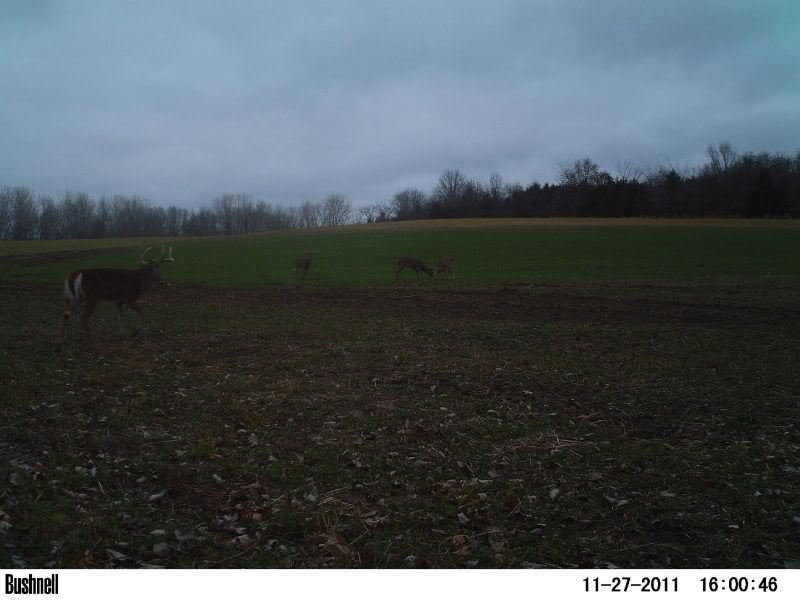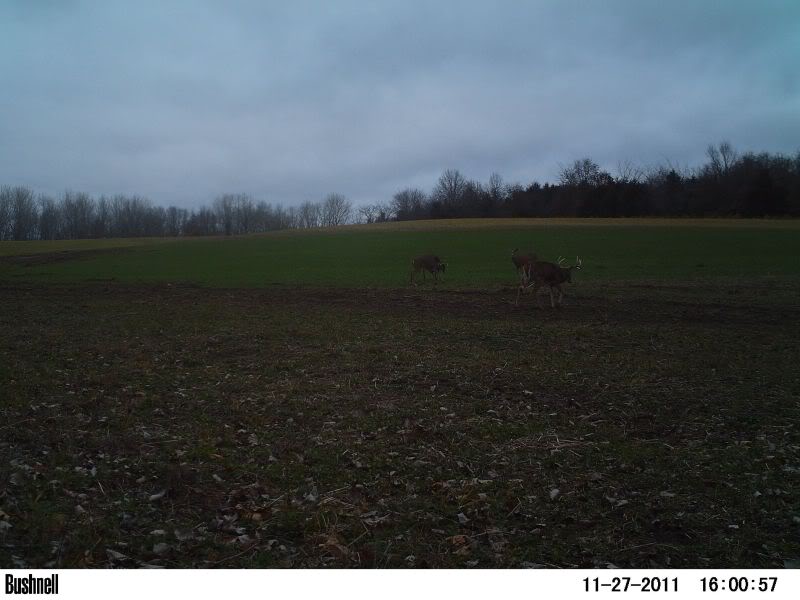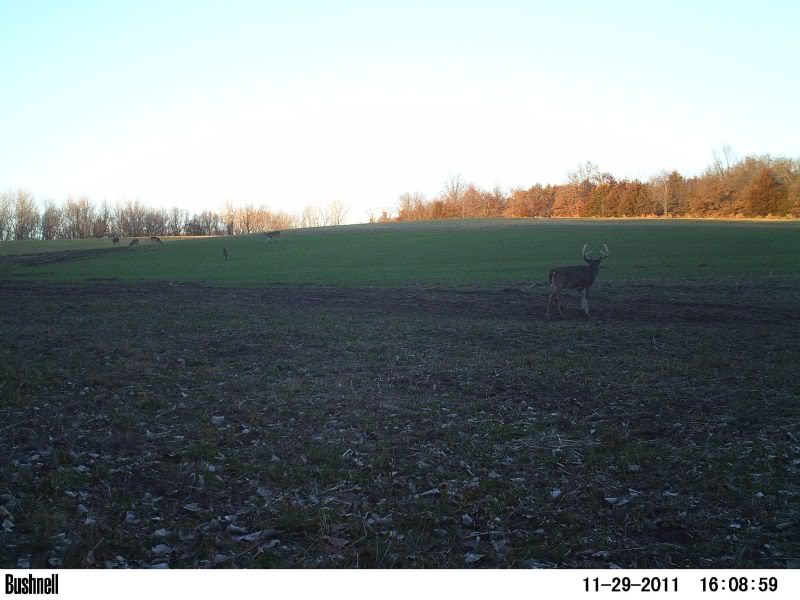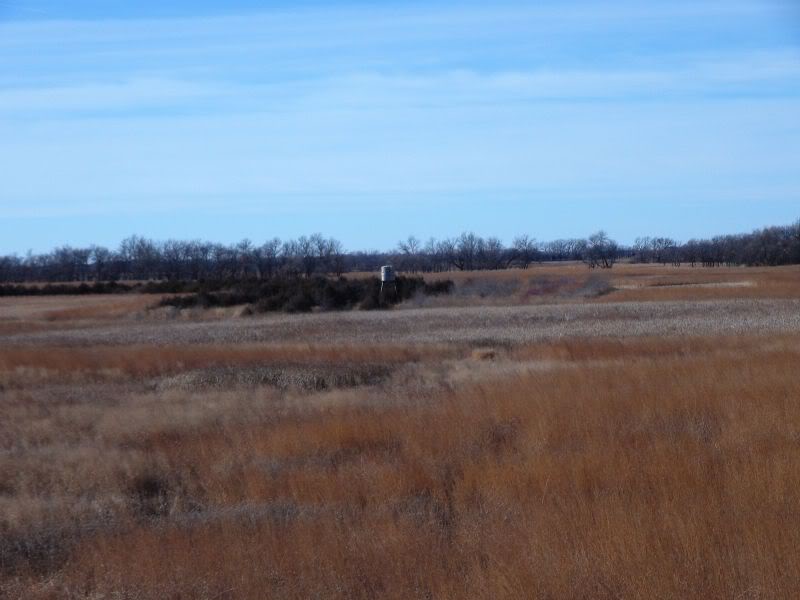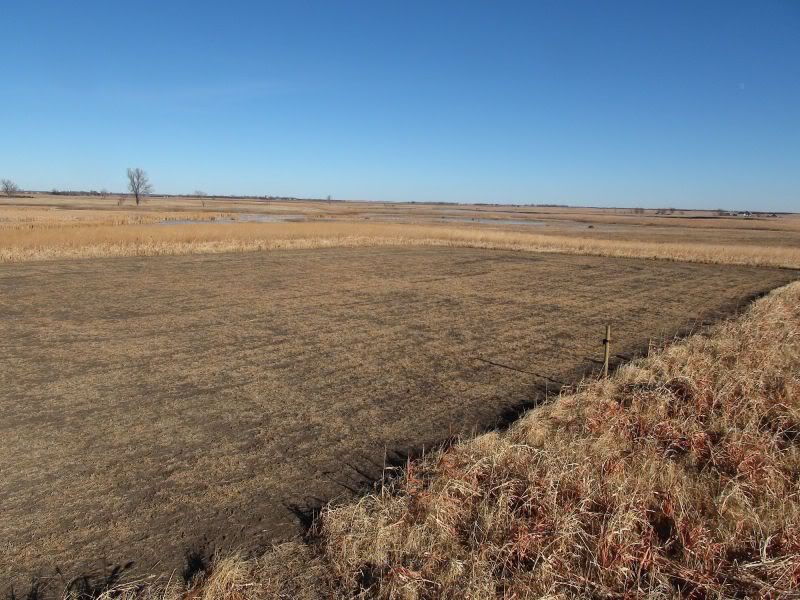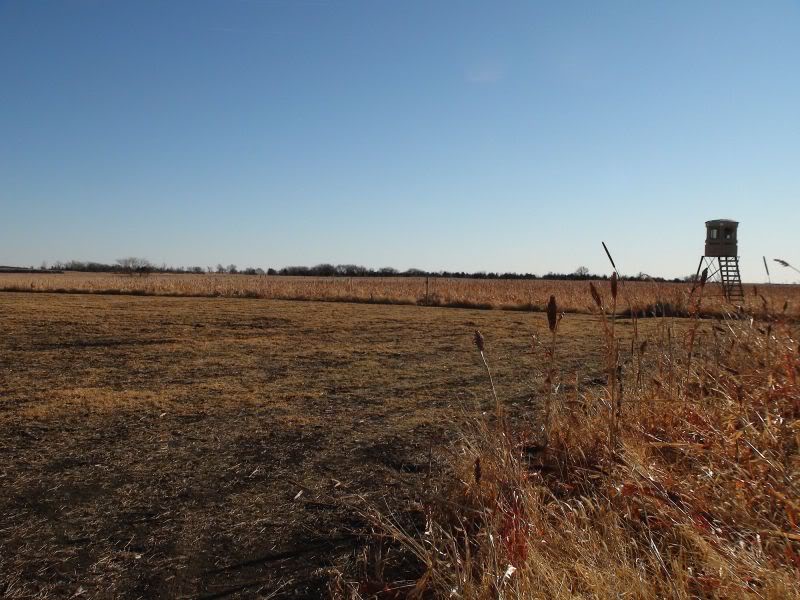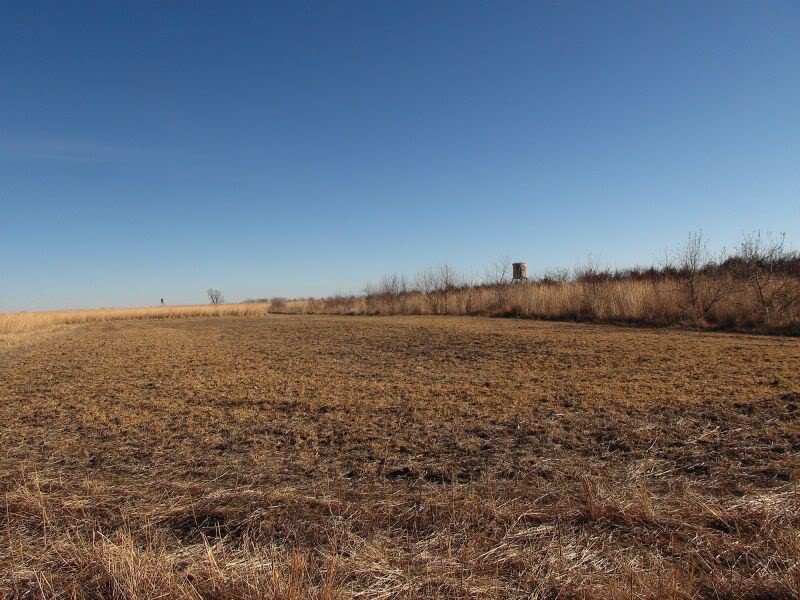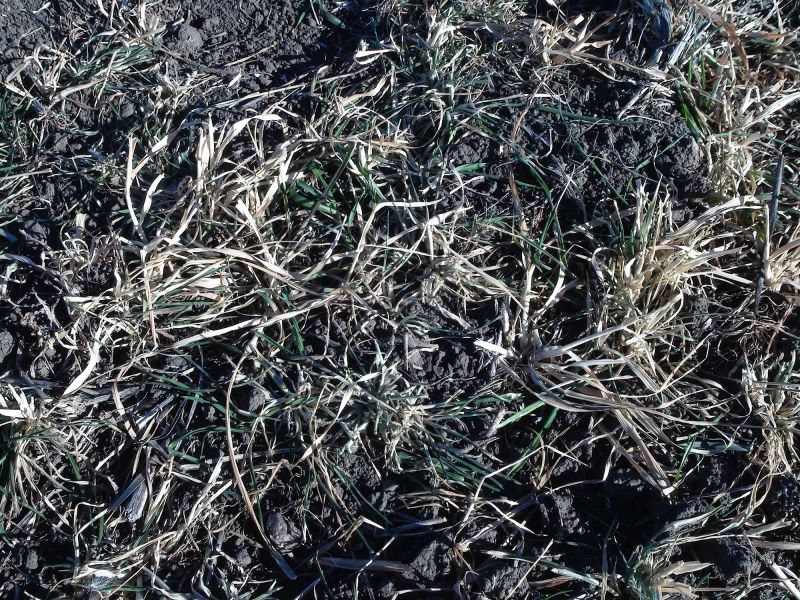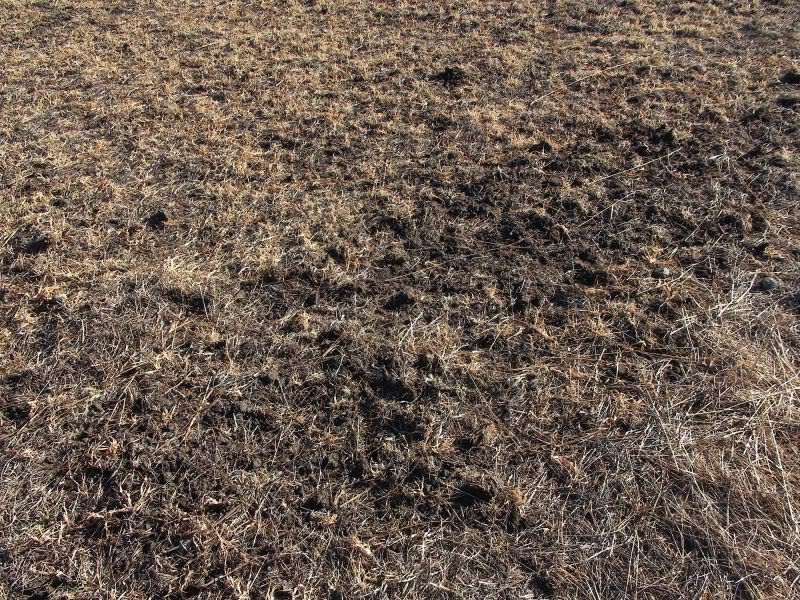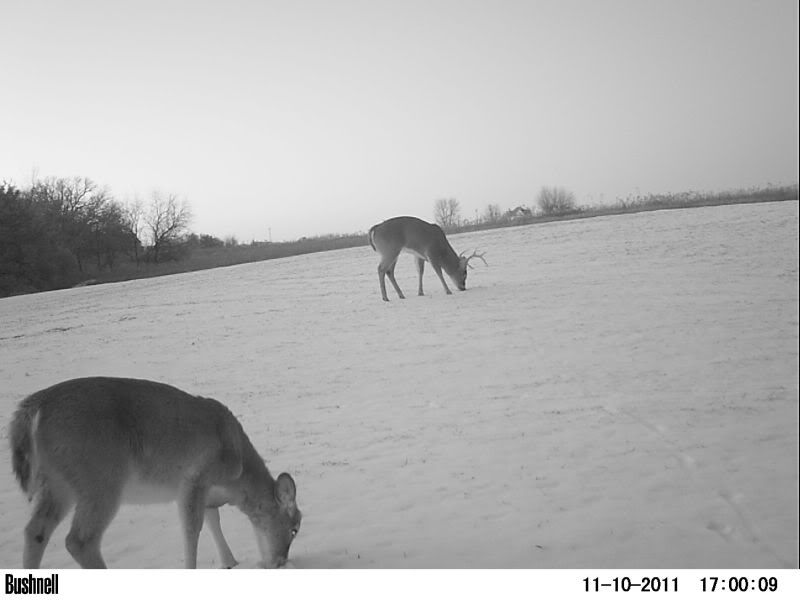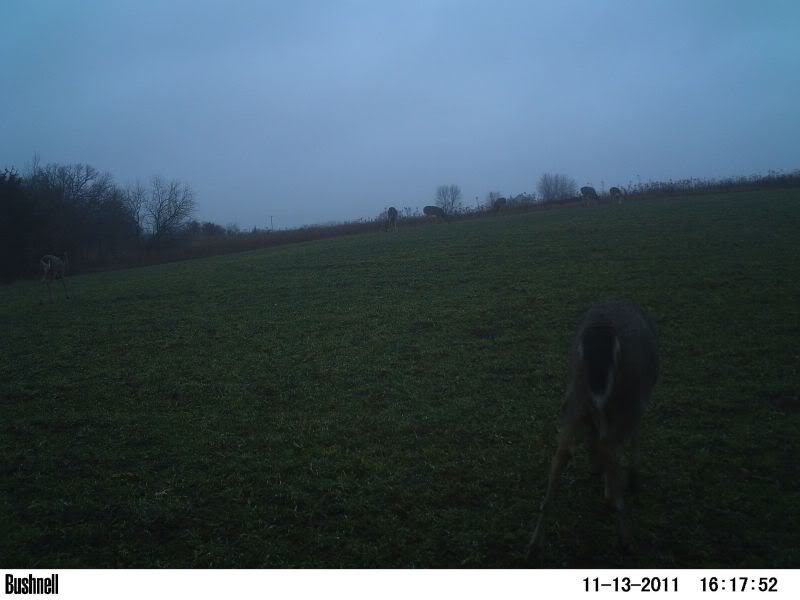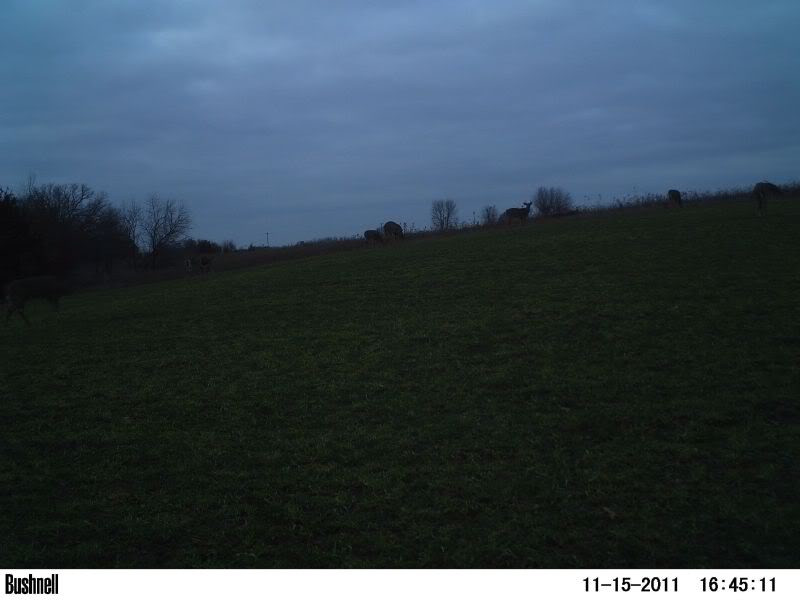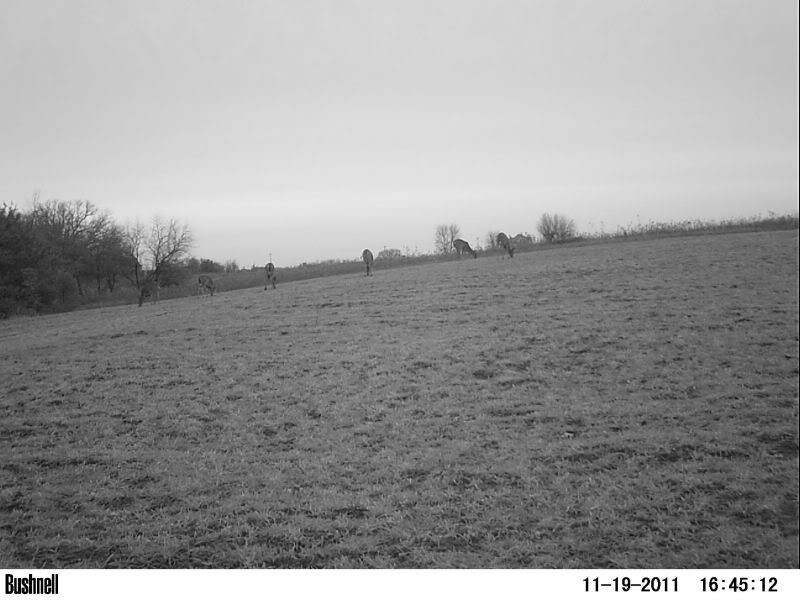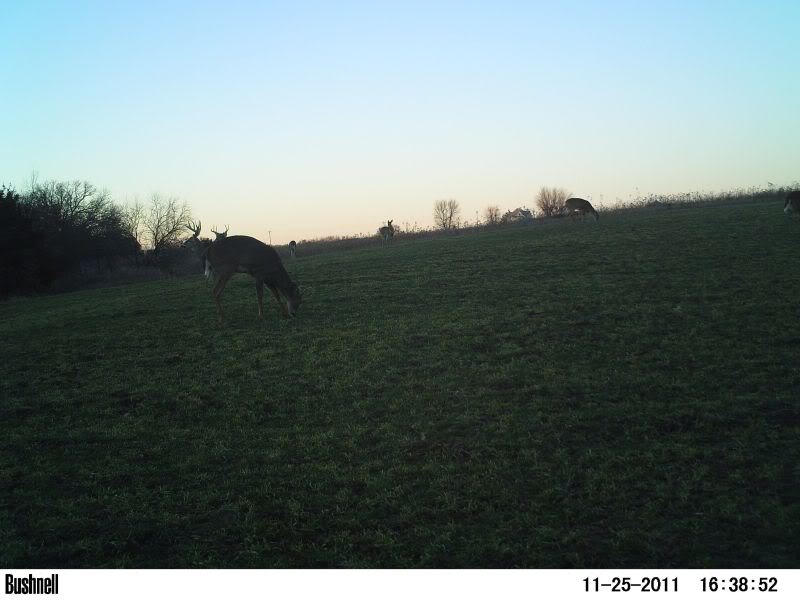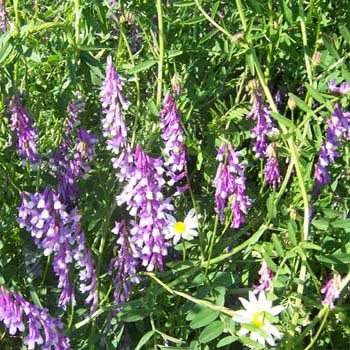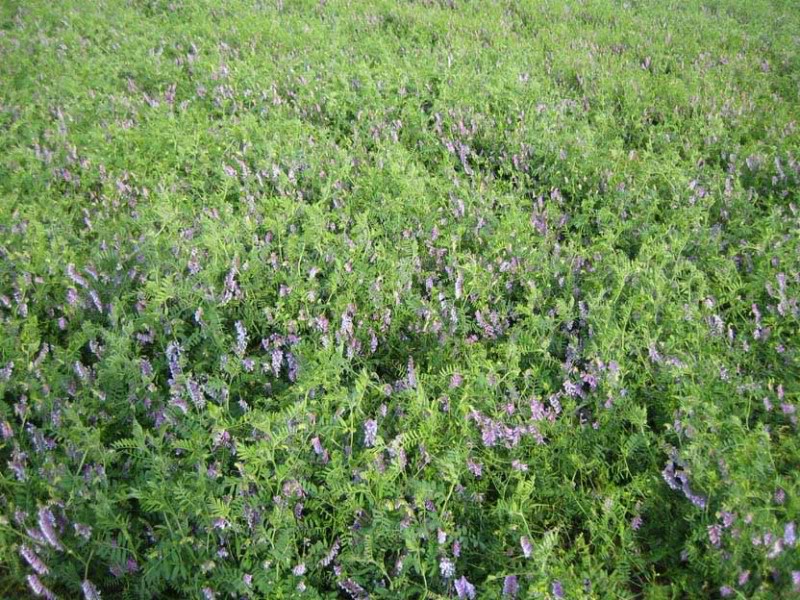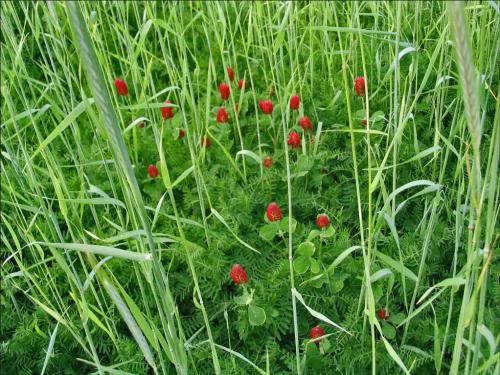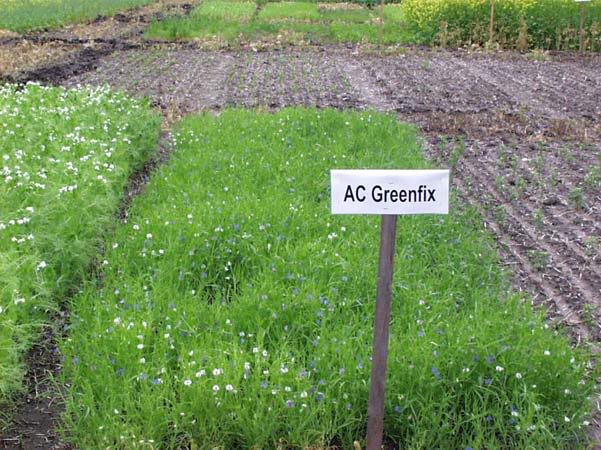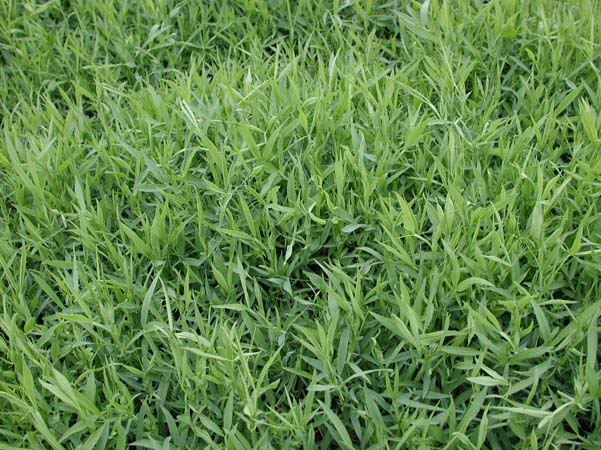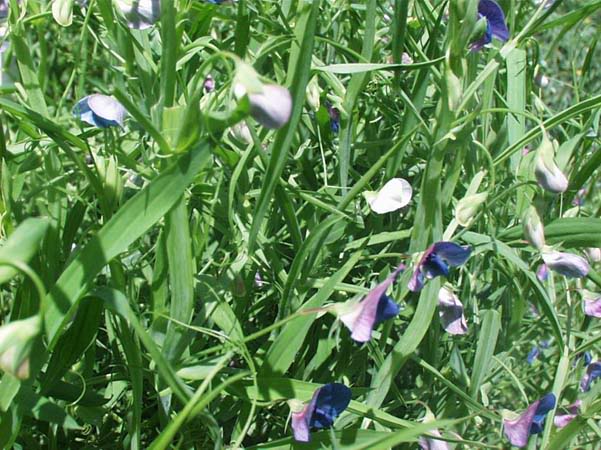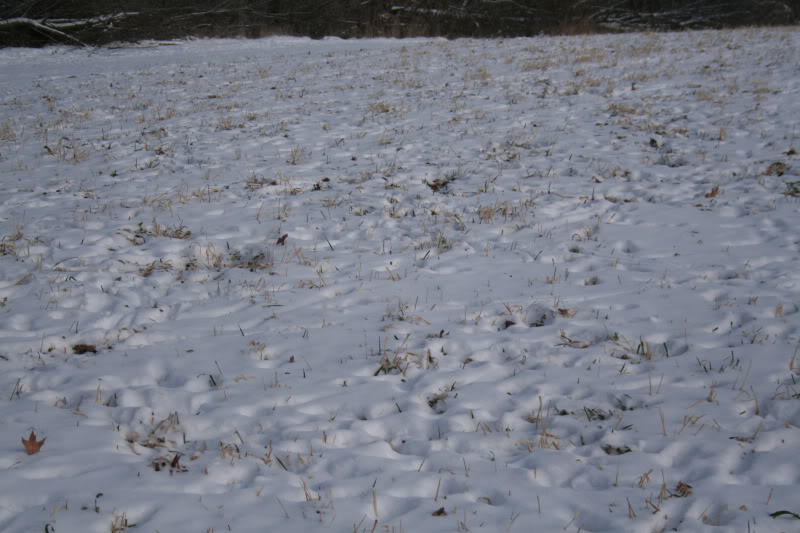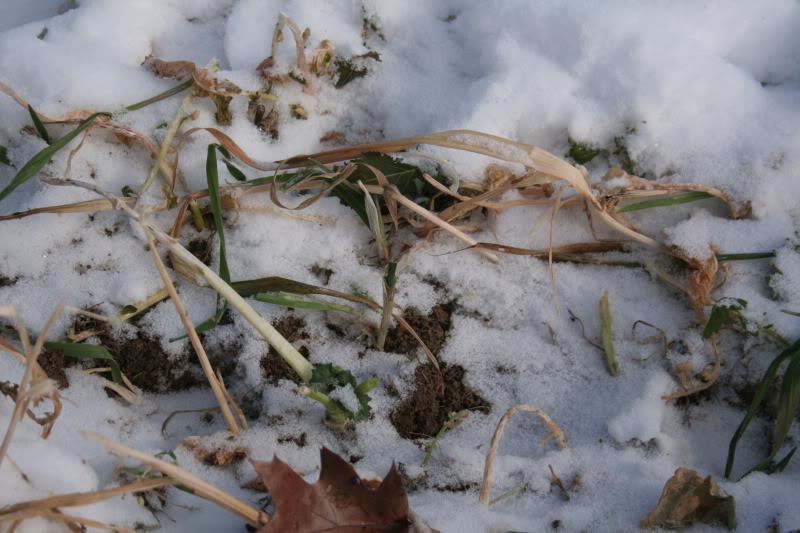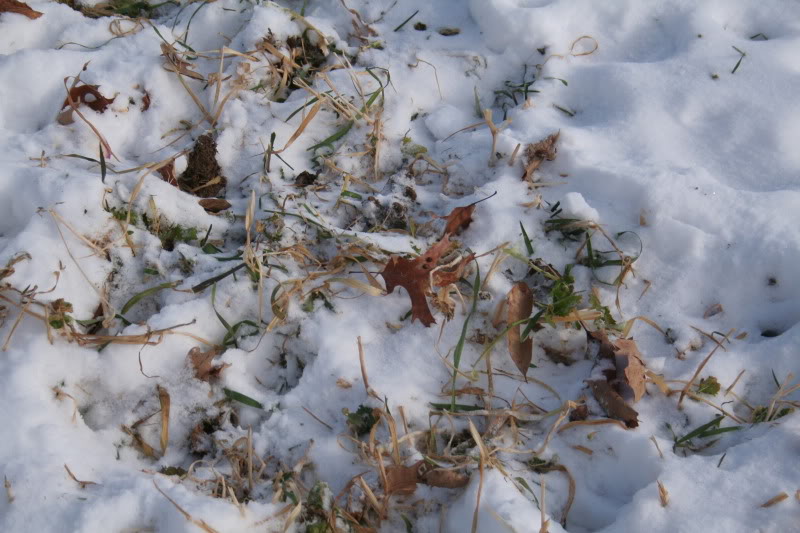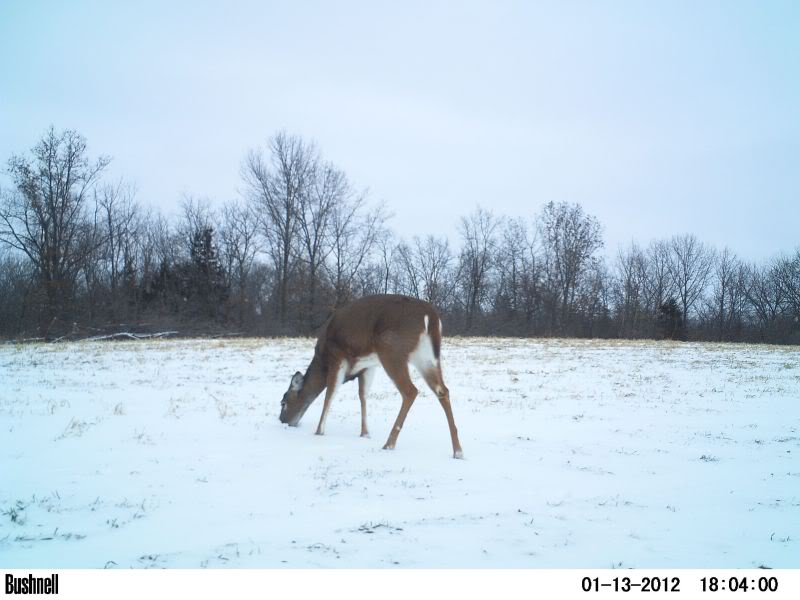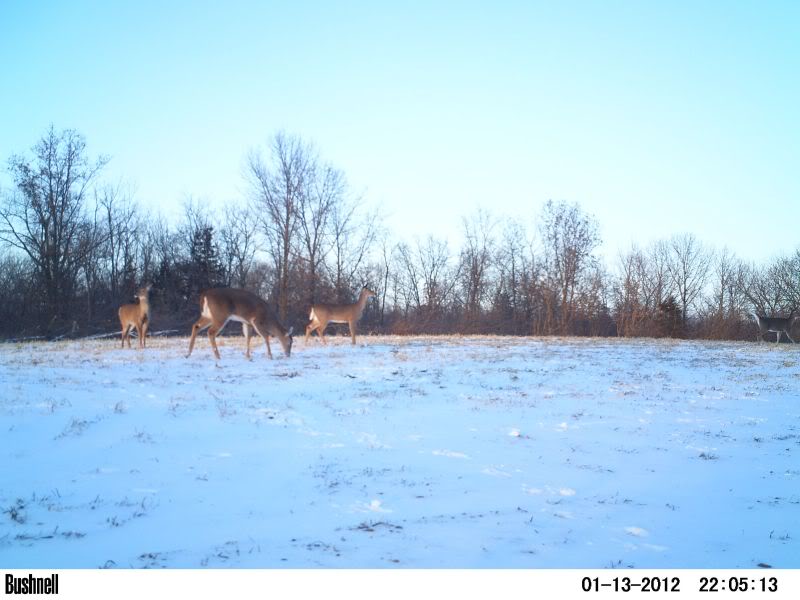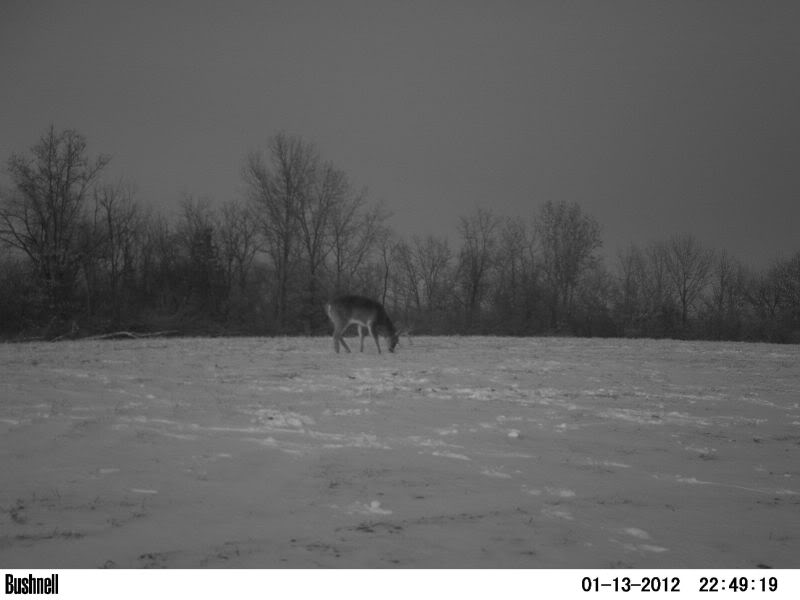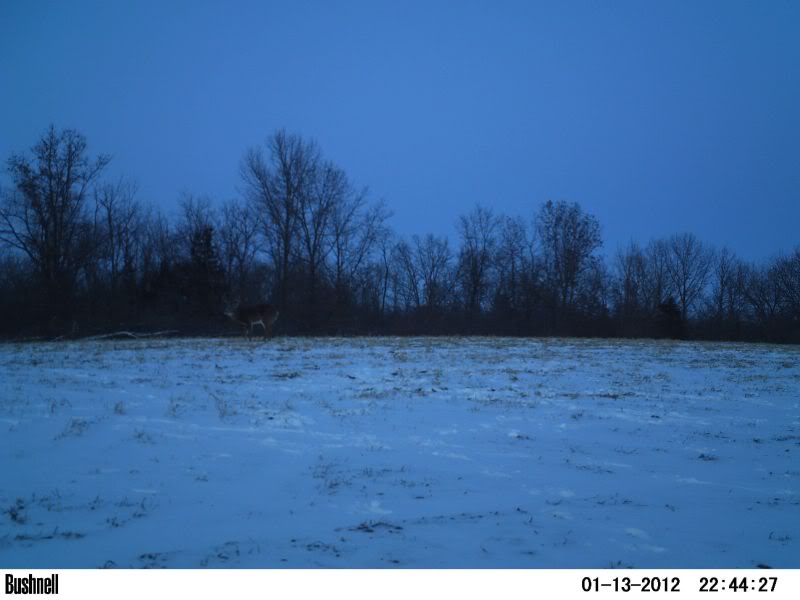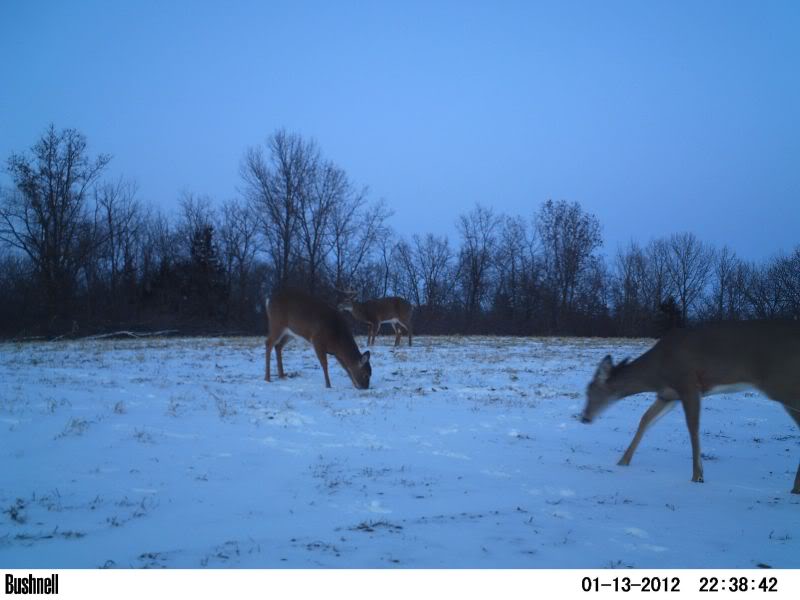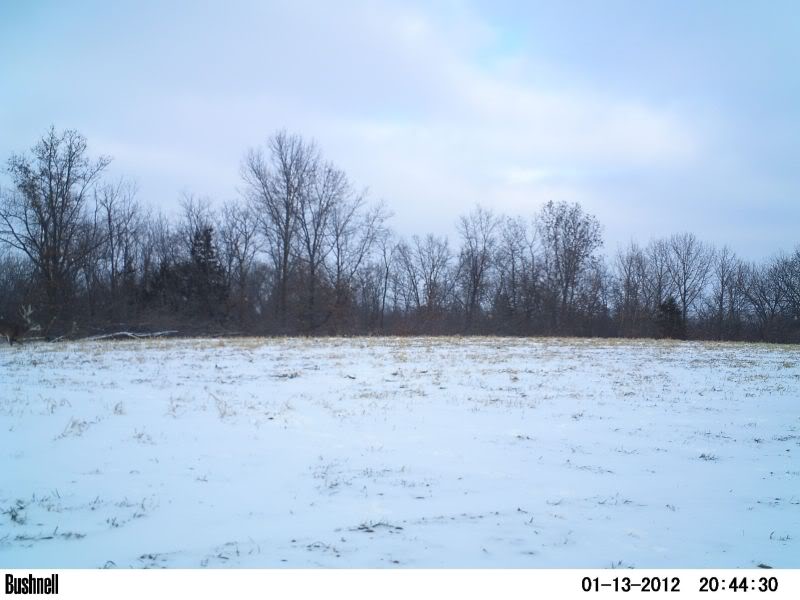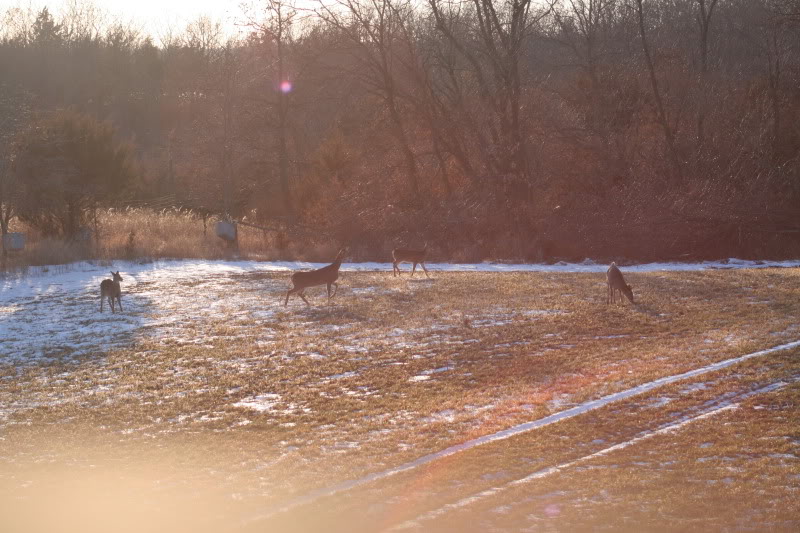January 1, 2011
Forage peas and forage radish
The winter rye, oats, forage peas, forage radish, red clover mix is still being grazed hard although repeated nights in the single digits has started to kill out the oats.
Despite the fact I repeatedly focus on the fact this is a mix and how each plant in the mix serves a purpose, people often leave out the important elements such as peas and radish plants. Forage peas, be it Austrian Winter Peas or forage peas like 4010 peas are the candy in the mix that makes it irresistible to whitetails and helps attract and hold deer on our property.
The peas have all been grazed hard and I had to really search for the only surviving remnants
Fall planted peas that are not grazed can easily be a foot or more high but as you can see these are barely and inch or two high.
Peas are tender succulent and tasty morsels that whitetails cannot resist and help us compete against neighboring crop fields
Peas are not unlike baby soybeans that we see whitetails feeding in during late spring early summer months but the difference is that peas are very cold hardy and often if not eaten to the dirt will survive the winter under a blanket of snow.
The Groundhog Forage Radish is another "candy plant" that deer cannot resist and in every field the GHFR plants are grazed to the dirt
and eventually they will eat the remaining roots as well
I have nearly 20 feeding areas on 8 farms that have the rye/oats/peas/radish/red clover mix planted in them in an area that covers two counties and each of them has been grazed to the ground. Talk is cheap of course and I never expect anyone to believe in the effectiveness of this mix without solid, consistent and undeniable pictorial proof...not from one day, one week or one month but from the time it comes up in September until I till it under for brassicas next summer....
The cam monitoring this field had over 4000+ pics in 30 days...common on any fields I plant and certainly nothing extraordinary
Every day regardless of the weather
they graze like cattle in the rye mix
and in this field have nothing left but the rye at this point
The red clover will take off in the spring to continue feeding deer until tilled under for a rotation to brassicas.
Whitetails that have food sources in one central feeding area become adapted to it if they have it year around
and that's what keeps the big boys hanging around
Some recent questions...
Can I frost seed red or white clover into winter rye without concern about the allelopathic effects of the rye?
Absolutely! Always seed the clovers in the fall if you can because that insures they are already established and will grow rapidly in the spring but if you forgot or didn't think to add clovers this fall you can easily and effectively frost seed white, red or alsike clovers into the rye in March (when ground is freezing at night and thawing during the day...mid to late march in my area)
Clover seeds will germinate earlier then common warm season annual weeds and long before rye has developed allelopathic chemicals that inhibit small weed seeds from germinating.
If I plant forage radish with the rye can I safely rotate to a July planted brassica mix without concern for disease
You bet! The fall planted radish plants will first...be eaten to the dirt and then any root that is left will quickly decompose by mid to late winter and 4-6 months will have passed before planting the next brassicas, more then enough time to break any disease/pest cycles.
I want to start the rye and brassica rotation but what cover crop can I plant this spring?
Oats and annual clovers like berseem, crimson and arrowleaf are great cover crops that feed deer all spring and summer and then provide biomass and nitrogen when tilled under for brassicas in July or the rye mix in late August.
A summary of what I plant is listed below....
Plant ALL in one plot in strips or blocks
Alice (or comparable) white clover 10% of plot
Brassicas in 45% of plot
Purple Top Turnips 3#
Dwarf Essex Rape 2#
GroundHog Forage radish 5#
Plant in mid to late July in most midwest states, or 60-90 days before your first killing frost. Follow the dead brassicas with oats and berseem or crimson clover in mid spring.
Cereal Grain combo in 45% of plot
Winter rye 50-80#'s per acre (56#'s = a bushel)
Spring oats 80-120#'s per acre (32#'s = a bushel)
Austrian Winter Peas or 4010/6040 Forage peas 20-80#'s per acre
Red Clover 8-12#'s per acre or white clover at 6#'s per acre
Groundhog Forage Radish 5#'s per acre
Plant in late August to early September
Rotate the brassicas and rye combo each year



